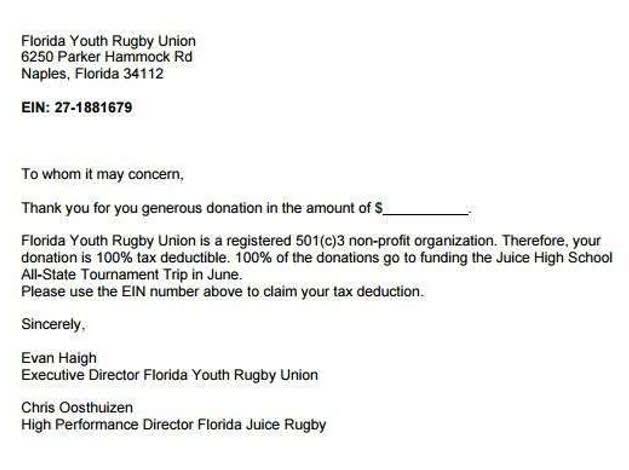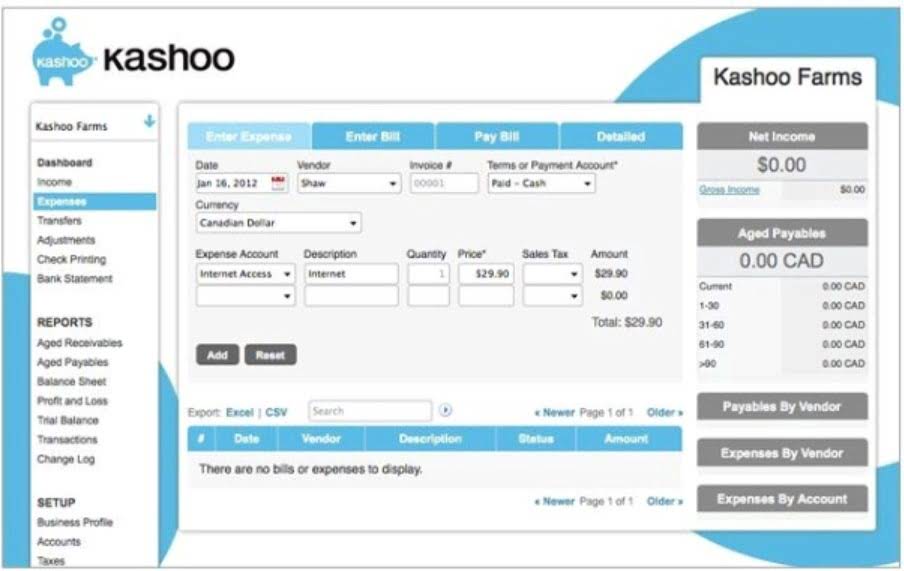
Planning business growth is possible with insight into your sales revenue. You can better prepare for operating expenses, now and in the future, and produce accurate sales forecasts. The knowledge of PED can help a business make decisions about the change in price in order ot increase total revenue. Higher prices (price increases) can increase total revenue when demand is price inelastic. Understanding how to calculate total revenue can be important for your business. It will give you insights and a high level of understanding when it comes to the relationship between your trial balance customer and your pricing.
- It is because, under the cash basis accounting, revenue is only recognized once cash changes hands.
- Leveraging financial tools and expert advisors can provide the insights needed to optimize pricing, control expenses, and maximize cash flow.
- It is reported annually, quarterly or monthly as the case may be in the business entity’s Income statement / Profit & Loss Account.
- To find service revenue percentage only, divide revenue from services by the total combined revenue and multiply it by 100.
- AR teams also use DSO to analyze trends on an individual customer level.
- Understanding both metrics is crucial for evaluating business performance.
How to Calculate Total Revenue: Formula and Examples + Free Calculator
Revenue includes sales revenue and all non-operating income — revenue your business generates from other sources that aren’t directly related to your core business offerings. By analysing your sales revenue, you can determine whether you’re charging too much or too little and whether adjusting specific price levers will improve the profitability of your business. Sales revenue is all the income your business generates exclusively sales revenue formula from the sales of goods and services. It doesn’t include income from other revenue streams — for example, interest on cash savings.
Measures Sales Team Performance
Companies with shrinking profit margins may need to revisit pricing, cost structures, or operational efficiencies. For instance, a manufacturing firm facing rising material costs might explore alternative suppliers or invest in automation to reduce expenses. For instance, IFRS 15 outlines principles for recognizing revenue from contracts with customers, emphasizing clear identification of performance obligations and transaction prices. For example, a company can have $10 million in sales but $12 million in revenue if nonoperating income totals $2 million. While heading content for a leading sales training company, I remember trying to learn everything I could about sales to better understand my target persona. One thing that stood out was that sales revenue dominated nearly every conversation I noticed the salespeople having.

Total Revenue (TR)

Say you own a healthcare center and have $50,000 in your AR balance sheet for the year. So you work in AR and need Bookkeeping for Painters to know what DSO is and how to calculate it? It is a metric businesses use to measure the average number of days it takes a company to collect on payment after a sale. For any business, evaluating net revenue helps in setting realistic financial goals and making informed strategic choices. Regularly analysing this metric ensures better control over expenses and sustainable growth.
What is Days Sales Outstanding (DSO)?

The entire money made from the services the firm provides is what is referred to as the sales revenue in the case of a service-based business. Revenue is the total income generated from sales, while net income is the profit left after deducting all expenses, including operating costs, taxes, and interest. Net revenue represents the actual earnings of a business after deducting discounts, returns, allowances, and commissions from gross revenue. Understanding how to calculate net revenue is crucial for assessing profitability, financial health, and business performance.

How To Calculate?
- In other words, monitoring and calculating DSO can help you plan your roadmap for reinvesting cash collected into your business for future growth.
- To calculate net sales, they take gross sales revenue and deduct overhead costs and other factors, like losses, taxes, discounts, or allowances.
- At its core, sales velocity is a metric that calculates how much revenue your team generates within a given time period.
- University Hospital (formerly St. Paul University Hospital), and the William P. Clements Jr.
- Customers also have different average order values (AOVs) and customer lifetime values (CLTVs).
In other words, monitoring and calculating DSO can help you plan your roadmap for reinvesting cash collected into your business for future growth. Monitoring your efficiency over time allows you to adjust credit or collection policies when needed. A company that has a higher DSO takes more time to collect its dues.
Misreporting can lead to penalties, audits, or reputational damage. Different jurisdictions impose varying sales tax rates, which must be factored in to ensure accurate financial reporting. For instance, a business in California must account for the state’s 7.25% base sales tax, along with any applicable district taxes. External factors like economic conditions and regulations also play a role. Economic indicators such as GDP growth and consumer confidence signal shifts in purchasing power and demand. Regulatory changes, including tax policies and industry-specific rules, can impact pricing and sales.
How to Calculate Sales Revenue +Formulas

Our free revenue calculator automates the formula, making it simple to input the number of units sold and the price per unit. It’s especially useful for businesses with a high volume of transactions. Manually tracking revenue for every unit sold can be overwhelming, especially for small businesses. Using tools like our free total revenue calculator, Excel templates, or specialized software can make the process easier. There are different types of revenue, such as operating revenue and non-operating revenue.